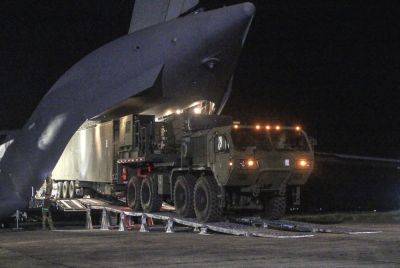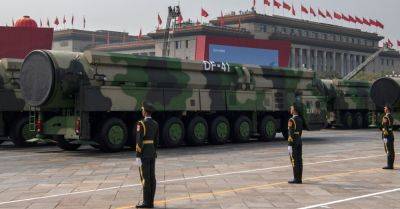Unwielded sword: Taiwan’s indigenous diplomacy in the Pacific
This article first appeared on Pacific Forum and is republished with kind permission. Read the original here.
In the turbulent geopolitical cauldron that is the Indo-Pacific, Taiwan finds itself locked in a struggle for recognition, its every diplomatic maneuver shadowed by Beijing’s glare. Yet, amid this struggle lies an overlooked instrument of influence: theindigenous communities of Taiwan.
Here lies an argument not for economic posturing nor militaristic bluster, but for an assertion of Taiwan’s indigenous diplomacy, a strategy that would inject fresh vitality into Taiwan’s Pacific diplomacy and supply an antidote to China’s drumbeat of infrastructure and investment.
Taiwan’s indigenous peoples, from the Amis to the Atayal and Paiwan, comprise a mosaic of cultures, histories, and traditions stretching back into antiquity. For example, the Amis Harvest Festival—a significant cultural event—symbolizes the community’s strong connection to their land and traditions, which could resonate with other indigenous populations across the Pacific.
Similarly, the Atayal people’s weaving traditions serve as an emblem of cultural preservation in the face of modernization—skills resonating deeply with other indigenous communities striving to maintain their heritage.
Unsung potential of indigenous soft power
Having borne the brunt of colonization and survived the homogenizing hand of modernity, these communities now stand poised to become Taiwan’s most unlikely ambassadors. Unlike China’s Han-centric cultural monolithism, Taiwan’s indigenous peoples exemplify diversity, endurance, and a determination to preserve what others would erase.
Taiwan has made significant strides to empower its indigenous populations, showing a commitment







